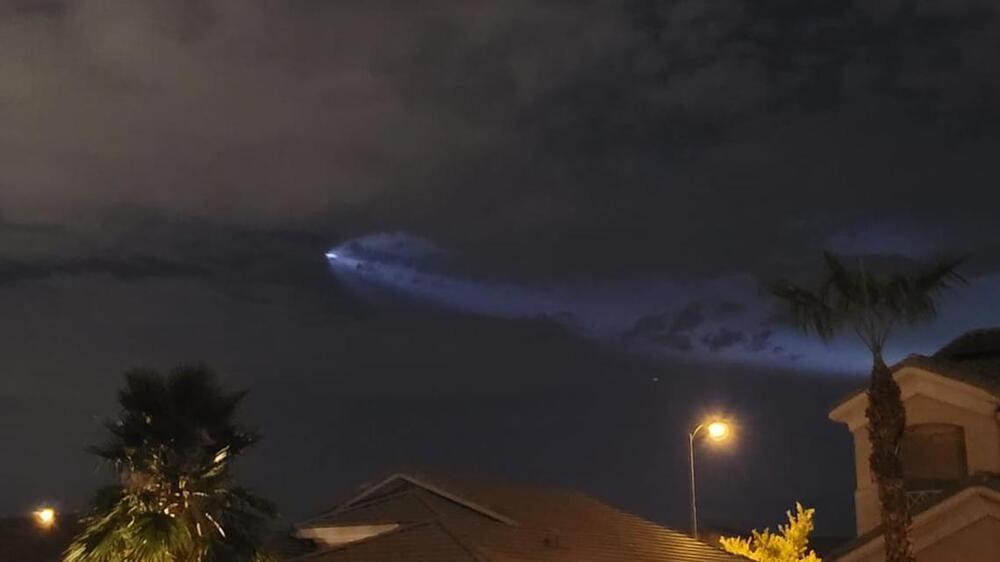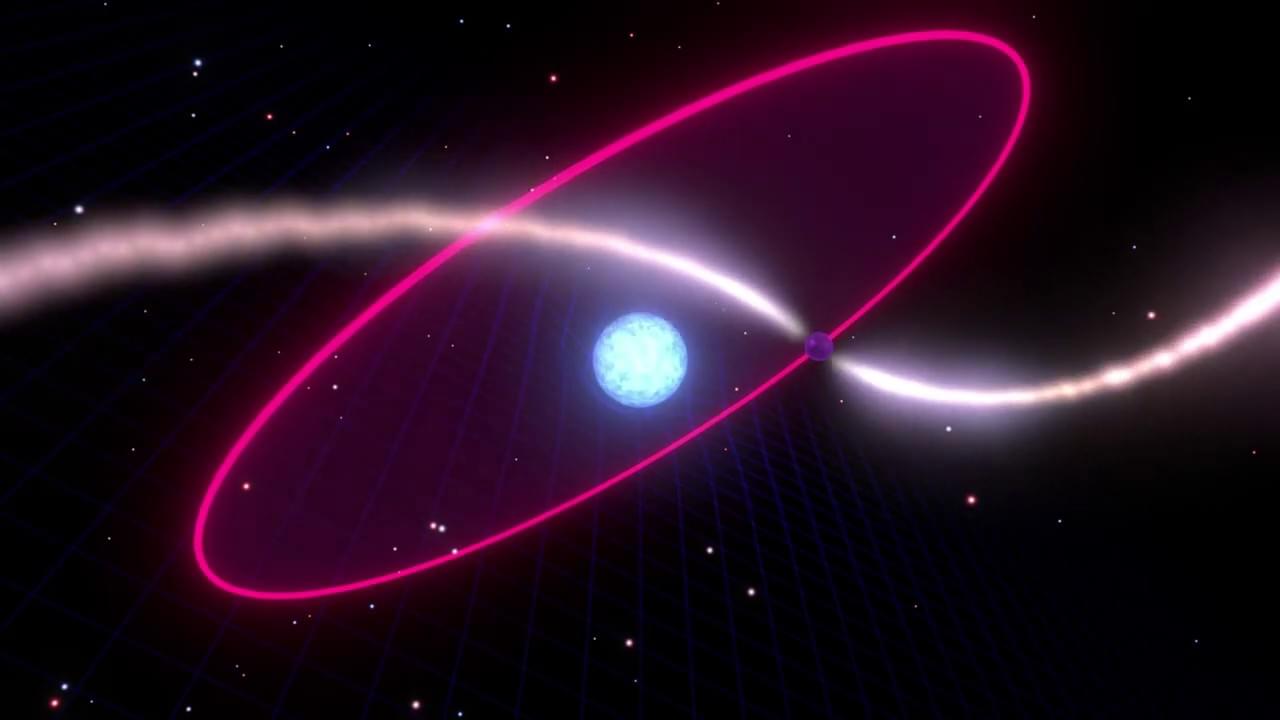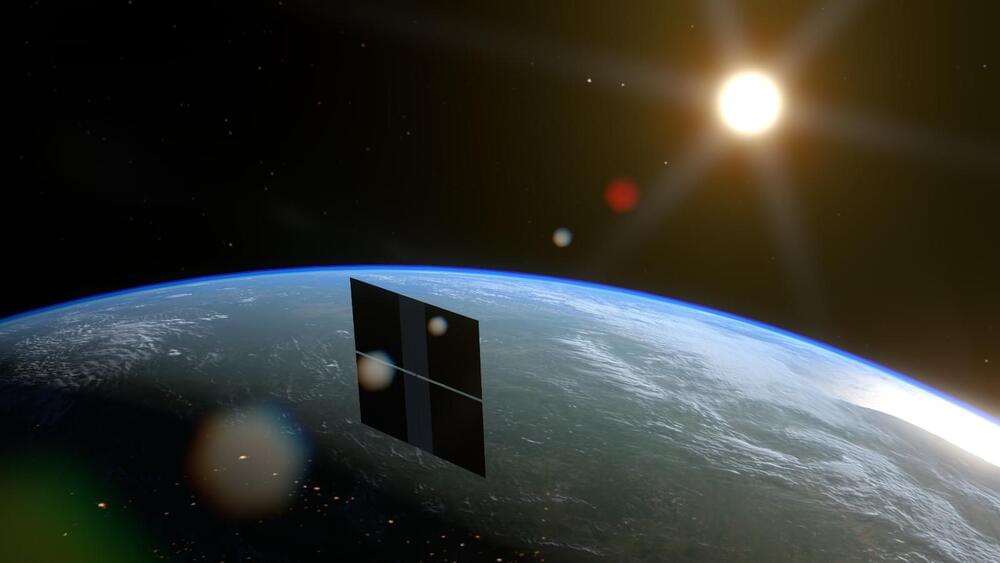Sep 6, 2024
SpaceX rocket launches from Vandenberg Space Force Base in California
Posted by Genevieve Klien in category: space
This is the 20th flight for the first stage booster supporting this mission, SpaceX said online.

This is the 20th flight for the first stage booster supporting this mission, SpaceX said online.

Enjoy the videos and music you love, upload original content, and share it all with friends, family, and the world on YouTube.
Deep learning (DL) has significantly transformed the field of computational imaging, offering powerful solutions to enhance performance and address a variety of challenges. Traditional methods often rely on discrete pixel representations, which limit resolution and fail to capture the continuous and multiscale nature of physical objects. Recent research from Boston University (BU) presents a novel approach to overcome these limitations.
As reported in Advanced Photonics Nexus, researchers from BU’s Computational Imaging Systems Lab have introduced a local conditional neural field (LCNF) network, which they use to address the problem. Their scalable and generalizable LCNF system is known as “neural phase retrieval”—” NeuPh” for short.
NeuPh leverages advanced DL techniques to reconstruct high-resolution phase information from low-resolution measurements. This method employs a convolutional neural network (CNN)-based encoder to compress captured images into a compact latent-space representation.
A better understanding of the inner workings of neutron stars will lead to a greater knowledge of the dynamics that underpin the workings of the universe and also could help drive future technology, said the University of Illinois Urbana-Champaign physics professor Nicolas Yunes. A new study led by Yunes details how new insights into how dissipative tidal forces within double—or binary—neutron star systems will inform our understanding of the universe.
Analysis of lunar samples reveals that the Moon experienced volcanic activity until 120 million years ago, much later than previously thought.
This insight comes from examining glass beads in the samples, indicating localized volcanic activity fueled by radioactive elements.
Recent Lunar Volcanic Activity

🚀 LumenOrbit (YC S24) is building a network of megawatt-scale data centers in space, scalable to gigawatt capacity.
Why we should train AI in space.
The first images are back from a spacecraft that, on Sept. 4, got to within just 102.5 miles (165 kilometers) of the surface of Mercury, the closest it will ever get. The European Space Agency’s $1.8 billion BepiColombo vehicle snapped images of the inner planet’s polar regions and cratered surface as it zoomed by.
The flyby was the seventh of its long journey around the solar system—one of Earth, two of Venus and three of Mercury—as it attempts to lose energy and steer itself into orbit around Mercury during a long and complex journey. This latest flyby reduced the spacecraft’s speed and changed its direction.
Continue reading “Mercury: Spacecraft Drops Epic New Photos From Just 102 Miles Above” »
For the Artemis 3 mission, we will be able to reach astronauts up to 2 kilometers away from the lander.
Coherent X-ray imaging has emerged as a powerful tool for studying both nanoscale structures and dynamics in condensed matter and biological systems. The nanometric resolution together with chemical sensitivity and spectral information render X-ray imaging a powerful tool to understand processes such as catalysis, light harvesting or mechanics.
Unfortunately these processes might be random or stochastic in nature. In order to obtain freeze-frame images to study stochastic dynamics, the X-ray fluxes must be very high, potentially heating or even destroying the samples.
Also, detectors acquisition rates are insufficient to capture the fast nanoscale processes. Stroboscopic techniques allow imaging ultrafast repeated processes. But only mean dynamics can be extracted, ruling out measurement of stochastic processes, where the system evolves through a different path in phase space during each measurement. These two obstacles prevent coherent imaging from being applied to complex systems.
What processes provide energy to the solar wind as it travels away from the Sun and throughout the solar system? This is what a recent study published in Science hopes to address as an international team of researchers investigated the processes responsible for providing energy to the solar wind as it leaves the Sun and traverses the rest of the solar system. This study holds the potential to help astronomers better understand the Sun’s processes, which could also provide insight into the processes of other stars, as well.
“Our study addresses a huge open question about how the solar wind is energized and helps us understand how the Sun affects its environment and, ultimately, the Earth,” said Dr. Yeimy Rivera, who is a postdoctoral fellow at the Center for Astrophysics | Harvard & Smithsonian and lead author of the study. “If this process happens in our local star, it’s highly likely that this powers winds from other stars across the Milky Way galaxy and beyond and could have implications for the habitability of exoplanets.”
For the study, the researchers used solar wind data from NASA’s Parker Solar Probe and the joint NASA-ESA Solar Orbiter collected within two days of each other due to the spacecraft being aligned with each other, enabling this research to be conducted. For context, the Parker Solar Probe is currently orbiting inside the Sun’s corona while Solar Orbiter is orbiting approximately halfway between the Earth and the Sun. In the end, the researchers found the solar wind’s acceleration that occurs between the Sun and the Earth is due to what are called “Alfvén waves”, which transport energy through the solar plasma. However, researchers haven’t been able to measure Alfvén waves until now.